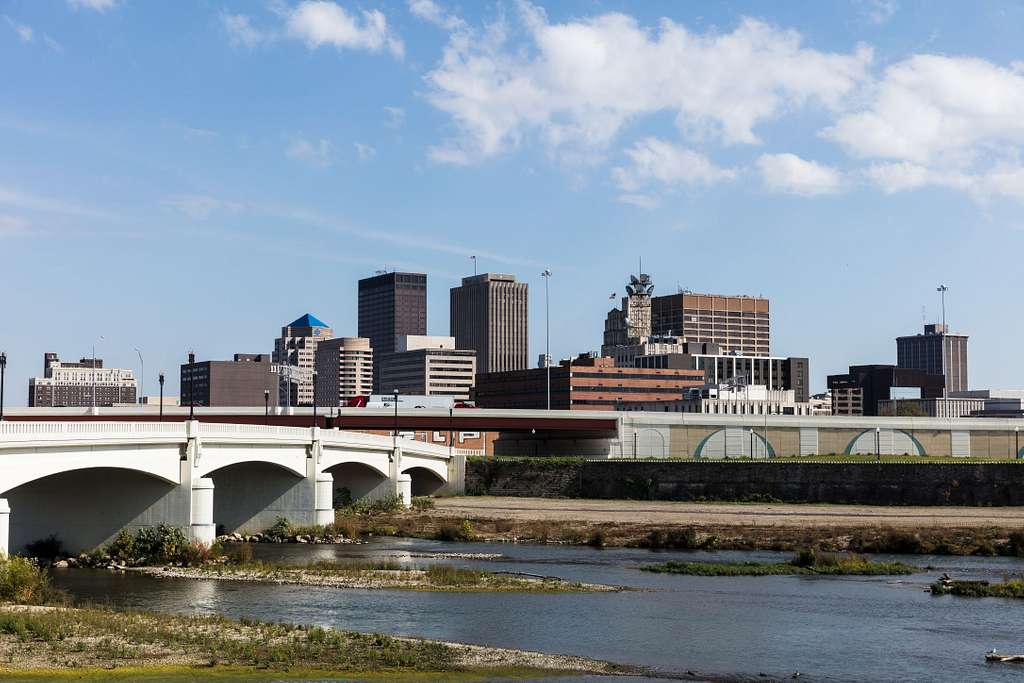The Rise and Fall of OneFifteen Addiction Treatment Center

Inside the mighty Google search engine resides a “moon shot” project to reinvent healthcare delivery. It began as Google Life Sciences, with the goal of using technology to improve outcomes with better disease detection, management, and prevention.
When Google became Alphabet in 2015, Google Life Sciences became Verily. The mission of the company has also shifted to something they call “precision health.” This is described as an attempt to leverage technology to improve individual outcomes by collecting enough data to design individualized treatments.
Projects undertaken by Verily include:
- a miniaturized glucose monitoring device
- a health-centric smart watch, the Verily Study Watch
- Project Baseline, a health study mapping the entire U.S. population
- the California Health and Longevity Institute
- the Onduo chronic disease management platform
During the COVID-19 pandemic, Verily provided wastewater testing for disease tracking. Then, in 2023, it shifted again with the appointment of Stephen Gillett as CEO. Gillett is the co-founder of Chronicle Security, another Google “moon shot.” Under his leadership, Verily has sold off the Granular Insurance Company, a joint venture for managing self-funded healthcare coverage costs. And that brings us to the latest news: On July 20, Verily’s addiction treatment campus in Dayton, Ohio, is scheduled to close its doors.
The campus is called OneFifteen. It was designed to be both a research center and a care provider for substance use disorders (SUDs). The name OneFifteen comes from the number of people in the U.S. dying every day from drug overdoses at the time it was founded in 2016. The National Institute on Drug Abuse (NIDA) estimates that the number has more than doubled, with an average of 288 Americans dying from drug-related overdoses every day in 2023.
OneFifteen was founded in 2019 through a partnership between Verily, Alexandria Real Estate Equities, the Kettering Health Network, Premier Health, and the City of Dayton, Ohio. The project sits on a gorgeous 4.3-acre campus with modern architecture and manicured grounds – not a setting one usually associates with addiction treatment facilities.
The goal of OneFifteen is to “heal people experiencing substance use disorders through learning, science and partnership.” The organization is known for applying the “No Wrong Door” policy, which seeks to connect patients with the services they need, no matter how they first arrive. It facilitates resource sharing between housing agencies, medical service providers, job placement programs, and other services that recovering addicts require.
Just last year, OneFifteen broke ground on a residential addiction treatment facility on the OneFifteen campus to add depth to its outpatient care services. Hopeland House was designed to provide five patients with residential living while undergoing addiction treatment. A news release from OneFifteen offered these optimistic goals for Hopeland House:
This project will provide access to safe, permanent, affordable housing in a community setting for individuals in substance use disorder recovery. These houses will provide paths from rent-based-housing to property ownership.
Wow, all the way from an indigent drug addict to home ownership as the result of a 28-day residential drug treatment program. That certainly would be a revolution in addiction treatment! It is possible to break an SUD in 28 days with medicine and therapy, but to simultaneously deal with someone’s job training, employment, housing, and other co-occurring issues seems shockingly ambitious.
Flash forward to the end of the second quarter, June 2025, a little over a year after breaking ground on Hopeland House, OneFifteen reports millions of dollars in losses. The campus is being shut down on July 20. Forty staff will lose their jobs at the facility. Two hundred and 50 patients will be transitioned to other care providers. What happened?
The funding dried up. Founded in 2019 with five-year commitments totalling $21 million, that funding came to an end in 2024. The Dayton Daily News has covered OneFifteen’s story diligently since the start. They report that in 2023, the non-profit lost nearly $10 million on revenue of just $2.6 million. Catherine McCarver, president and CEO of OneFifteen, says they “touched over 8,000 lives” in six years. For a data-driven program, where are the stats? How much was spent per patient? What were the one-year outcomes?
The Dayton Daily News says that the modern campus real estate will “go back to the owner of the property, Alexandria Real Estate Equities.” Right now, the most effective treatment for opioid use disorder is contingency management, where patients are paid to get better and stay clean. I don’t see any mention of contingency management being practiced at OneFifteen. Maybe the lesson is to spend more money on patients and less on architecture and administration?
Written by Steve O’Keefe. First published July 8, 2025.
Sources:
“Alphabet Helps Its Health Business Verily Raise $1B to Expand Data-Driven Healthcare,” PYMNTS, September 9, 2022.
“OneFifteen starts construction on Dayton Hopeland House project,” Dayton Daily News, May 8, 2024.
“OneFifteen closing in Dayton, citing economic pressures and millions in losses,” Dayton Daily News, June 20, 2025.
“Alphabet-Backed Addiction Provider OneFifteen to Close,” Behavioral Health Business, June 23, 2025.
Image courtesy GetArchive, used under Public Domain.




